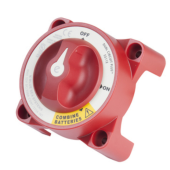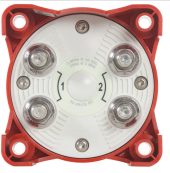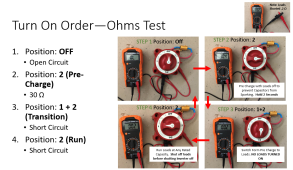FilterGuy
Solar Engineering Consultant - EG4 and Consumers
Use this to keep it from turning until your momentary button is pressed but then allow it to be turned off quickly without having to do any extra steps.
That is an interesting idea for a 12V system. If the pushbutton both precharged and activated the bolt it would work well. The two downsides is figuring out how to mount the bolt and the esthetics.
A quick hint about amazon.com URLs : Everything from the /ref= to the end is just tracking info and is not really needed. The above URL can be shortened to this:
https://www.amazon.com/Atoplee-Electric-Assembly-Solenoid-27X29X18mm/dp/B0125VGLT0
If you want to shorten it further you can take out the text description and end up with this:
https://www.amazon.com/dp/B0125VGLT0
(I like leaving the text description)








